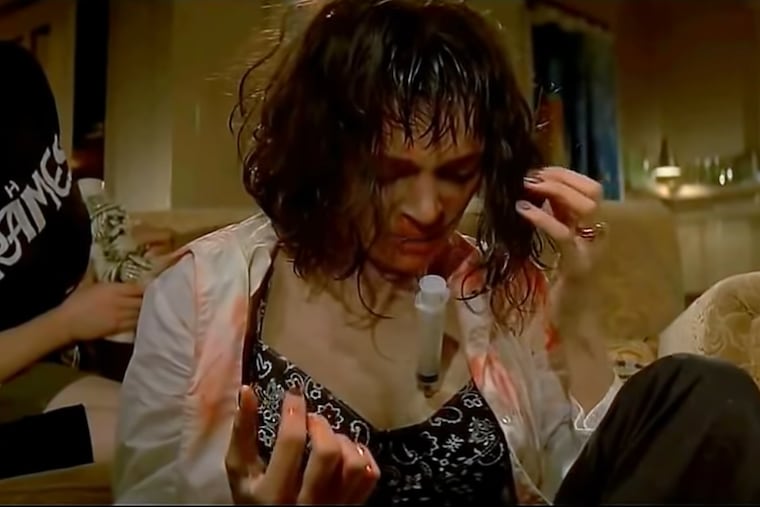Hollywood could help slow the opioid crisis by telling the truth | Opinion
With the Oscars on the way Sunday, a Penn public health researcher describes the ways in which movies and TV get it wrong -- and right -- when it comes to depicting the opioid crisis.
